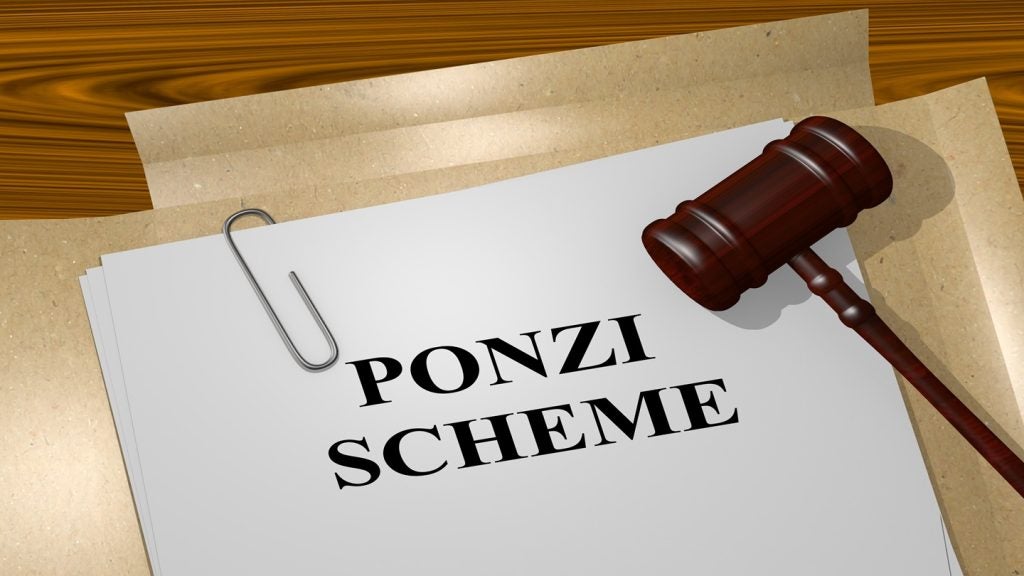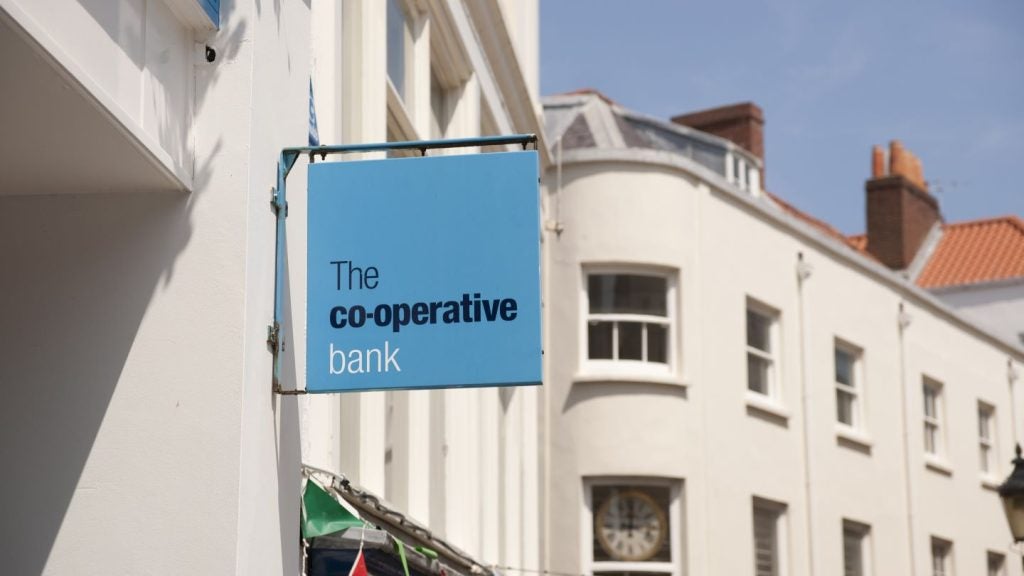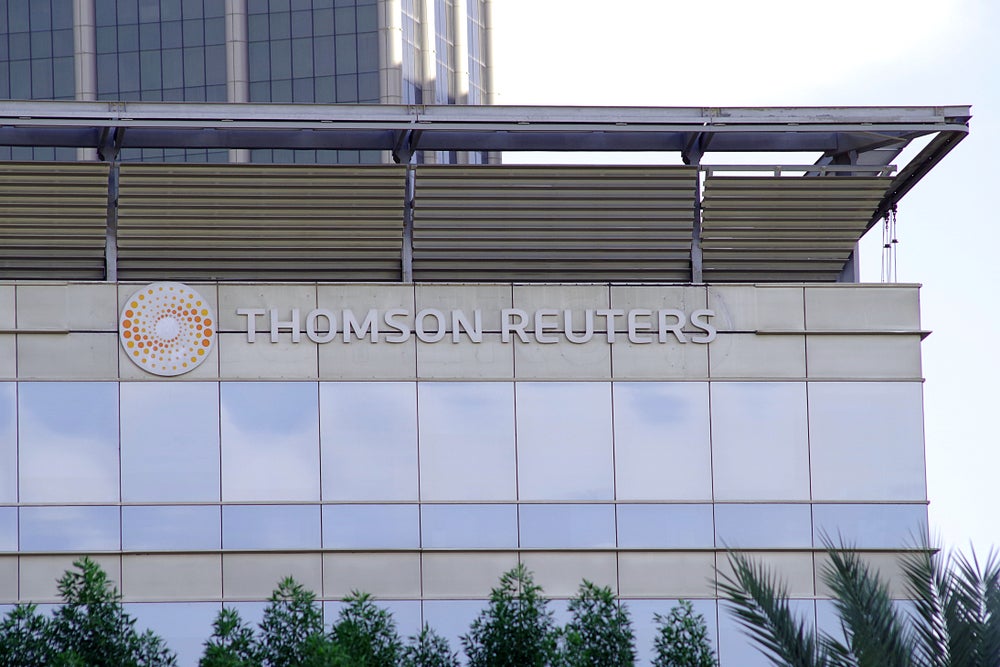rival Australian bank St George, a move that could hasten the
demise of the country’s controversial ‘four pillars’ banking
industry policy. The A$15 billion all-share deal, if successfully
completed, will also be seen as a huge coup for Gail Kelly,
Westpac’s new CEO – and ex-CEO of St
George.
Against a backdrop of growing impatience over Australia’s ‘four
pillars’ banking policy, which prohibits the country’s Big Four
banks from merging or buying each other, Westpac, the country’s
fourth-largest financial group by assets, has made a bold, A$15
billion bid to buy fifth-placed St George.
Despite becoming the biggest player in nearly all consumer banking
markets – Westpac itself says the entity will be Australia’s
leading provider of home lending with a market share of 25 percent
and the largest wealth platform provider with funds under
administration of A$108 billion – the combined company would still
substantially lag Commonwealth Bank of Australia (CBA) in terms of
consumer deposits (see table below).
The merger still requires the approval of a range of regulatory
authorities as well as the Federal Treasurer. Moreover, it may
flush out other Australian and foreign bidders.

At a pivotal time
The move comes at a pivotal time in the evolution of Australia’s
retail banking industry and follows a number of mergers,
acquisitions and disposals among smaller Australian players over
the past year (Westpac is still digesting the A$140 million
acquisition last October of the RAMS Home Loans franchise).
How well do you really know your competitors?
Access the most comprehensive Company Profiles on the market, powered by GlobalData. Save hours of research. Gain competitive edge.

Thank you!
Your download email will arrive shortly
Not ready to buy yet? Download a free sample
We are confident about the unique quality of our Company Profiles. However, we want you to make the most beneficial decision for your business, so we offer a free sample that you can download by submitting the below form
By GlobalData It also comes at a time when
It also comes at a time when
the Big Four are investing heavily in their retail banking
operations, rolling out major consumer banking campaigns focused on
price cuts, branch-led customer service or product innovation as
they jostle for market share in one of the world’s most competitive
retail banking markets.
Three months after its far-reaching Determined To Be Different
marketing and branding campaign (see RBI 587), CBA, for
instance, has also announced plans for a four-year, A$580 million
IT overhaul in league with Germany’s SAP (see RBI 591). At the end of April, National
Australia Bank (NAB) published a formal ‘Customer Promise’
clarifying and consolidating in a single document the bank’s
commitments to its retail customers (also RBI 591).
And BankWest, a wholly owned subsidiary of the UK’s HBOS group,
recently rolled out its all-encompassing Happy Banking initiative
(see RBI 588).
Gail Kelly, Westpac’s new CEO who was until February this year the
CEO of St George, says the proposed merger with her former employee
will create Australia’s leading financial services group with a
“significantly” stronger platform for growth in Australia and New
Zealand.
“It would create Australia’s leading financial institution with
regard to meeting customer needs, distribution, strong brands,
scale, financial strength and the best products… including the
largest distribution network with over 1,200 branches and in-stores
as well as more than 2,700 ATMs.”
In a corporate statement, Westpac said it will retain the two
separate banking brands and try to not reduce the branch network
though it will look to make significant savings by merging
overlapping head office and back-room functions (analysts at
Citigroup have stated this could take a tenth off the combined cost
base).
Kelly added: “The combined 10 million customers would benefit from
an enhanced offering in terms of product range, expanded
distribution and financial strength while preserving their
relationships with employees, products, customer touchpoints and
branding.”
Robust interim results
Both Westpac and St George published relatively robust interim 2008
results at the start of May. Westpac’s net profit was up 34 percent
to A$2.2 billion while St George reported a record cash profit of
A$603 million, up 6.2 percent year-on-year. For Westpac, net loans
had increased 8 percent or A$22.1 billion since 30 September 2007,
with consumer lending up 6 percent or A$8.1 billion. St George’s
retail deposits grew on an annualised basis by 14 percent; its home
loans business grew by 10 percent for the six month period.
In April, ING Direct Australia, now a significant competitor
steadily eating into the business of the Big Four, announced that
its net profit for the calendar year 2007 rose 18 percent to
A$171.2 million. According to CEO Eric Drok, the division had grown
its deposit base, mortgage book and commercial property finance
portfolio, and added more than 100,000 new customers. ING Direct
Australia’s deposit base grew by A$1.4 billion to A$20.2 billion,
an increase of 8 percent, while its retail mortgage business was up
19 percent to A$5.1 billion.
The competitive landscape
In an indication of the competitive landscape in Australia, ING
Direct is battling it out with HBOS’s BankWest in a savings rate
war for deposits. ING Direct is running an 8 percent promotion
while BankWest, which has announced plans to open 160 new branches
by 2010, rolled out an online account paying 8.25 percent at the
start of May.
The product is the third offer under BankWest’s new Happy Banking
initiative, a growth strategy that includes the BankWest Rate
Tracker as its centrepiece offering, a mortgage which pays a home
loan interest rate a full 1 percent lower than the average standard
variable rate of the Big Four banks, and the BankWest Zero
Transaction account, which offers no transaction fees including
other bank ATM fees.
The largest Australian banking group, CBA, is also looking to up
the ante with its A$580 million technology overhaul. In a statement
issued in April, Ralph Norris, CEO of CBA, said the Core Banking
Modernisation is an integral part of the group’s vision to be
“Australia’s finest financial services organisation” and will
create a world class customer service platform.
“It will demonstrate to our customers our determination to be
different by providing them with excellent customer service. This
will be underpinned by end-to-end processing systems that will make
their banking experience simpler and more efficient. It will also
provide customers with increased benefits such as easier access to
new and innovative products, greater choice and flexibility and
improved turnaround through real time straight through
processing.”










